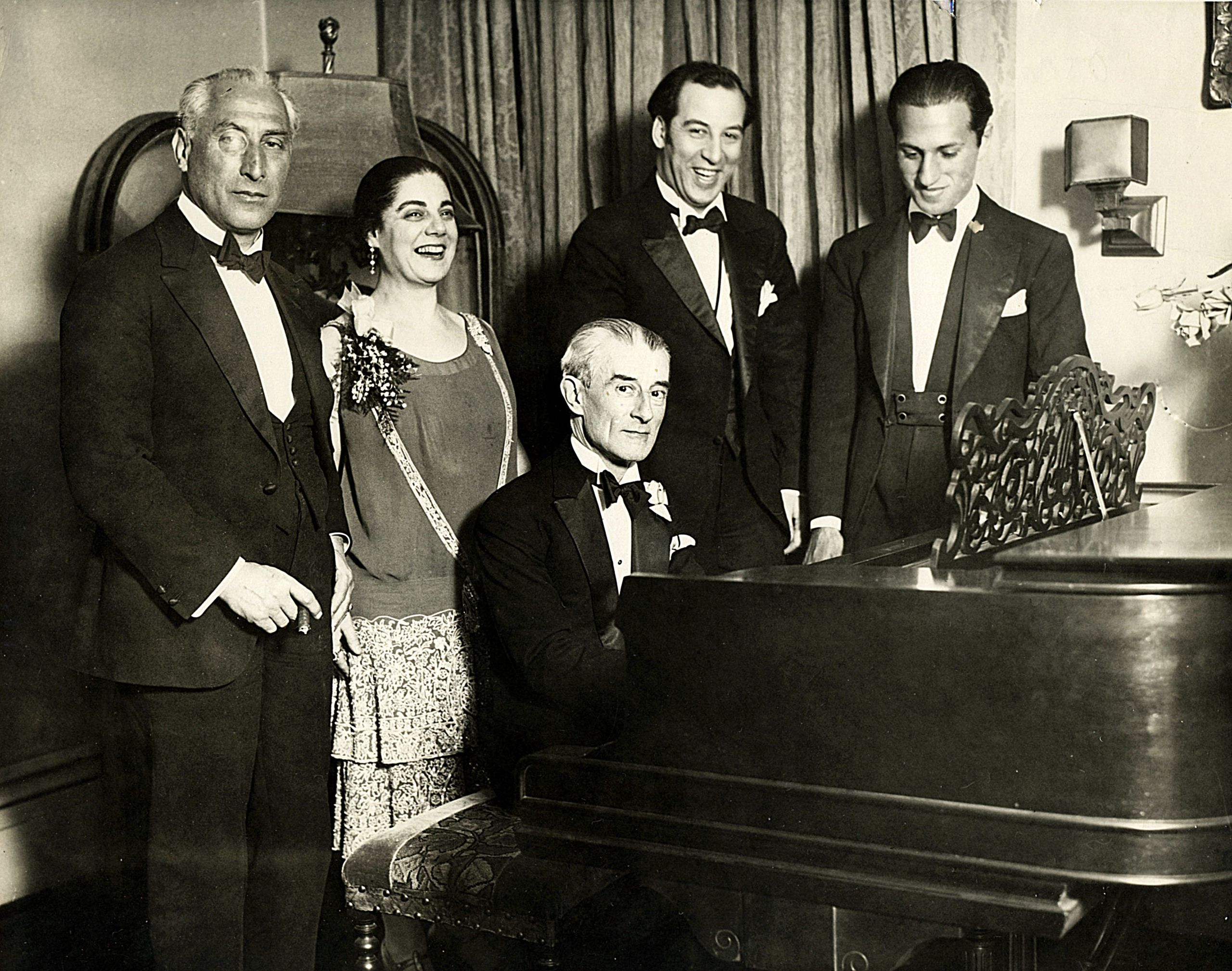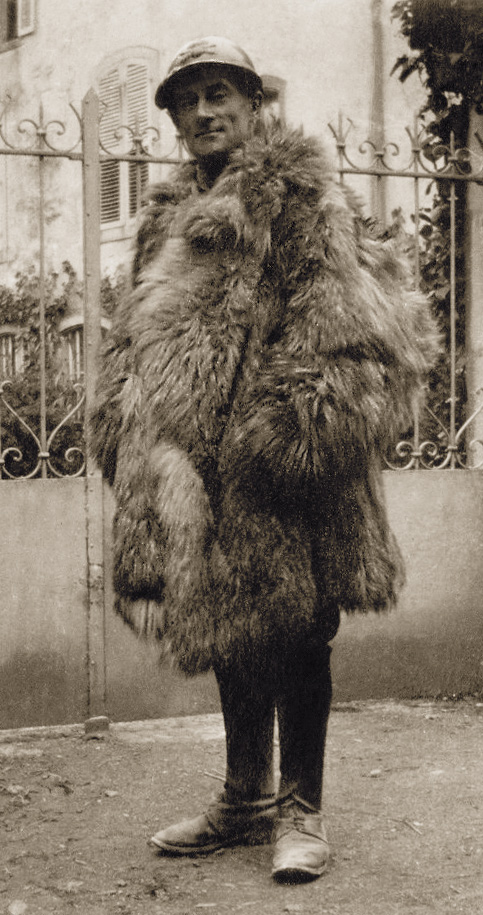
Click the play button to enjoy the entire playlist provided by Crédit Agricole CIB. Keep an eye out for our upcoming playlists, which will be sent to you to prepare for this exceptional performance.
A self-contained socialite, a reserved bachelor who composed passionate music; Ravel lived a life of paradoxes.
“That which you might recognise as coldheartedness, is quite simply my desire to take life seriously” - Maurice Ravel
Ravel was smart, stylish and elegant. He enjoyed the pomp and grandeur of the Parisian nights, but at the same time was able to remain grounded, honourable and serene. He generally preferred to retire to his house in the countryside, which bore the signs of an almost obsessive level of organisation. He hated having any rough sketches on show, and hence would painstakingly copy out all the original scores of his works.
As a political activist, an unrepentant smoker, and an unostentatious and impeccably elegant individual, Ravel quickly rose up the ranks of great French composers.
"Ravel was as paradoxical in his life as he was in his music" - Michel Philippot
In 1900, Ravel joined the "Apaches", a group of artists and intellectuals specialising in all areas of the creative world. As a member of this group, which stopped meeting after 1914, Ravel became acquainted with several important figures, including, Erik Satie, Jean Cocteau, André Gide, Paul Valery, Igor Stravinsky, Vaslav Nijinski and Sergei Diaghilev. He greatly appreciated the social events in which he could meet such distinguished personalities- yet, it was alone, in his remote Montfort-l’Amaury dwelling, that he composed his masterpieces.
Ironically, Ravel’s most successful decade began with considerable disappointment; in 1905, he missed out on winning the prestigious Prix de Rome award of the Paris Conservatoire for the third time. The Director of the Conservatoire was suspicious of Ravel’s progressive views, and took it upon himself to deny Ravel the recognition that he was arguably due.
At the outbreak of the war, Ravel insisted on enlisting for the armed services, despite being goaded for his short stature. He became a truck driver for the 13th Artillery Regiment, nicknaming his lorry ‘Adelaïde’ after a ballet he wrote in 1912. He refused to accept the Legion of Honour in 1920 which caused a stir amongst the public.
If Ravel had any love affairs, he kept them entirely to himself. His life as a bachelor contrasts starkly to the alluring passion of his music, just as his esteemed discretion, and his own declaration that he was ‘not made to talk’ stand in conflict with the intensity of his political commitment.

Ravel in his uniform, 1916.
Today, Ravel is known worldwide for his Boléro, which was composed in 1928.
He initially instructed that it "must be played in a single tempo, in the plaintive style of Arab-Spanish music". The same theme is repeated first by a tambourine and a flute, then gradually by the entirety of the symphonic orchestra in various combinations of phenomenal ingenuity.
It is this consistency and endurance that gives the work such a special character: imagine having to drum the same rhythm for seventeen minutes without losing your concentration or your dexterity. Jacques Villeret made this the subject of a short film 'The Drummer of the Boléro' in 1992, in which he illustrates the weariness of a percussionist playing the composition.
But beyond his Boléro, Ravel’s style was markedly unique. By manipulating the art of the crescendo and the dramatic ending, he managed to instil a considerable amount of emotional resonance into even the shortest of compositions. His music does not let the listener rest; rather, it is enticing, and plunges them into a trance-like haze. This state is only broken by the stark, often brutal end of the piece.
La valse, poème chorégraphique pour orchestre, composed shortly after the First World War in 1920, exemplifies Ravel’s signature style. In this piece, he crafted a deconstructed version of the Viennese waltz, which incorporates elements of the traditional waltz alongside original melodies and musical techniques. Some contemporaries commented that this contrast may have reflected wartime society, when some people preferred to attend extravagant parties rather than pay attention to the spectre of war. Ravel, however, refuted this interpretation.
Ravel maintained a consistent style throughout his life. Unlike Beethoven and many other composers whose stylistic evolution developed considerably over time, Ravel stayed true to his ideas: he dreamed of unheard sounds and new orchestras. He remained influenced by his mother's Hispanic origins, which can be found in his Rapsodie Espagnole or his Miroirs.
Had Ravel chosen to adhere to the pretentious climate of the early 20th century, he could have emerged as Debussy’s greatest rival. Would Debussy then have been able to discover new musical forms, placing Ravel in a more advantageous position to exploit them? Pianist Yvonne Lefébure stated that "if Debussy had not existed then Ravel would have been a different musician". Yet, the constant comparison between the two experts proved to mean little to Ravel, who asked for Debussy’s Prélude à L'après-midi d'un faune to be played at his funeral. His ability to elegantly transcend any such animosity demonstrates his endearing personality.
Really take the time to listen to Ravel. His music impacts all listeners in the most intimate and secretive ways.